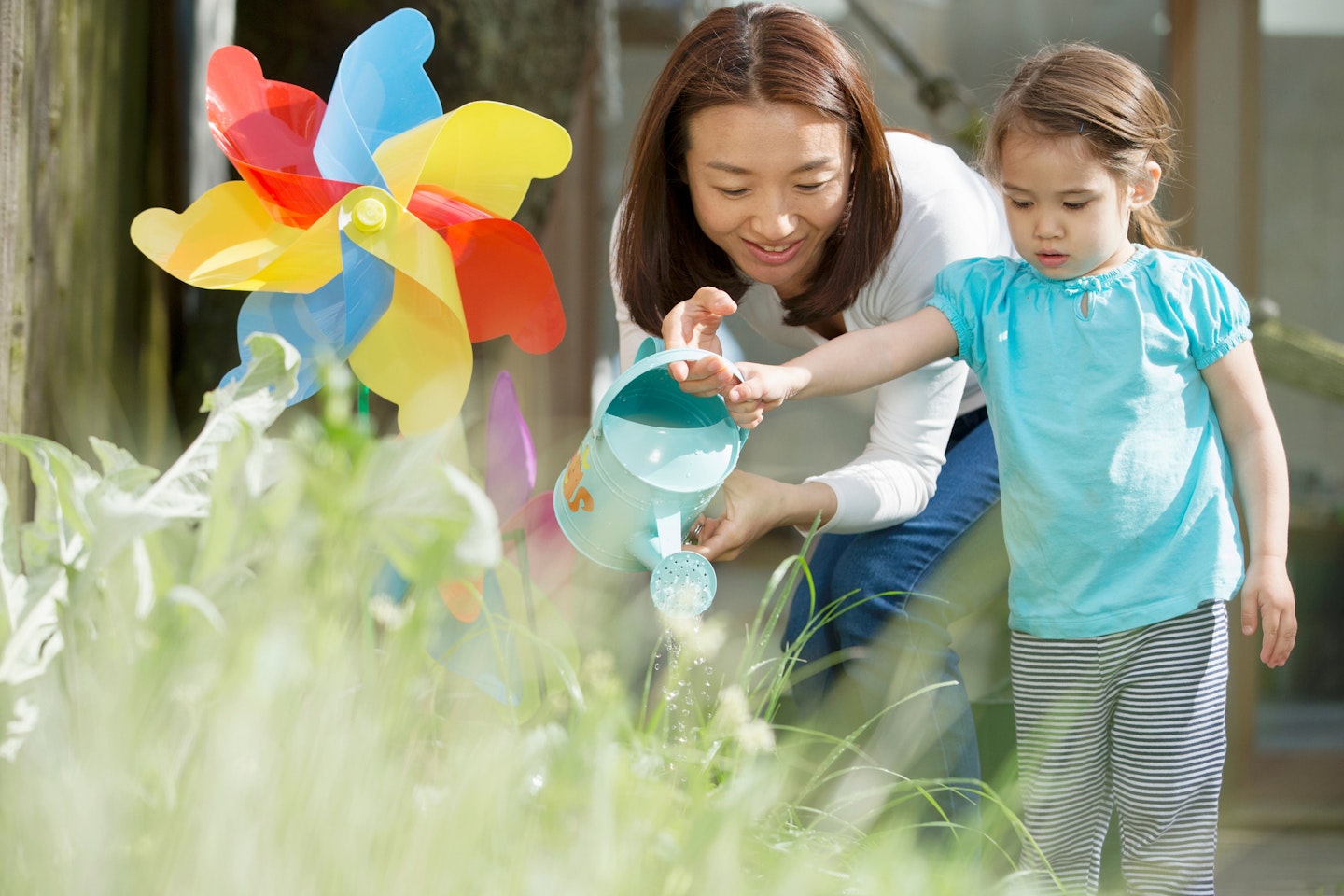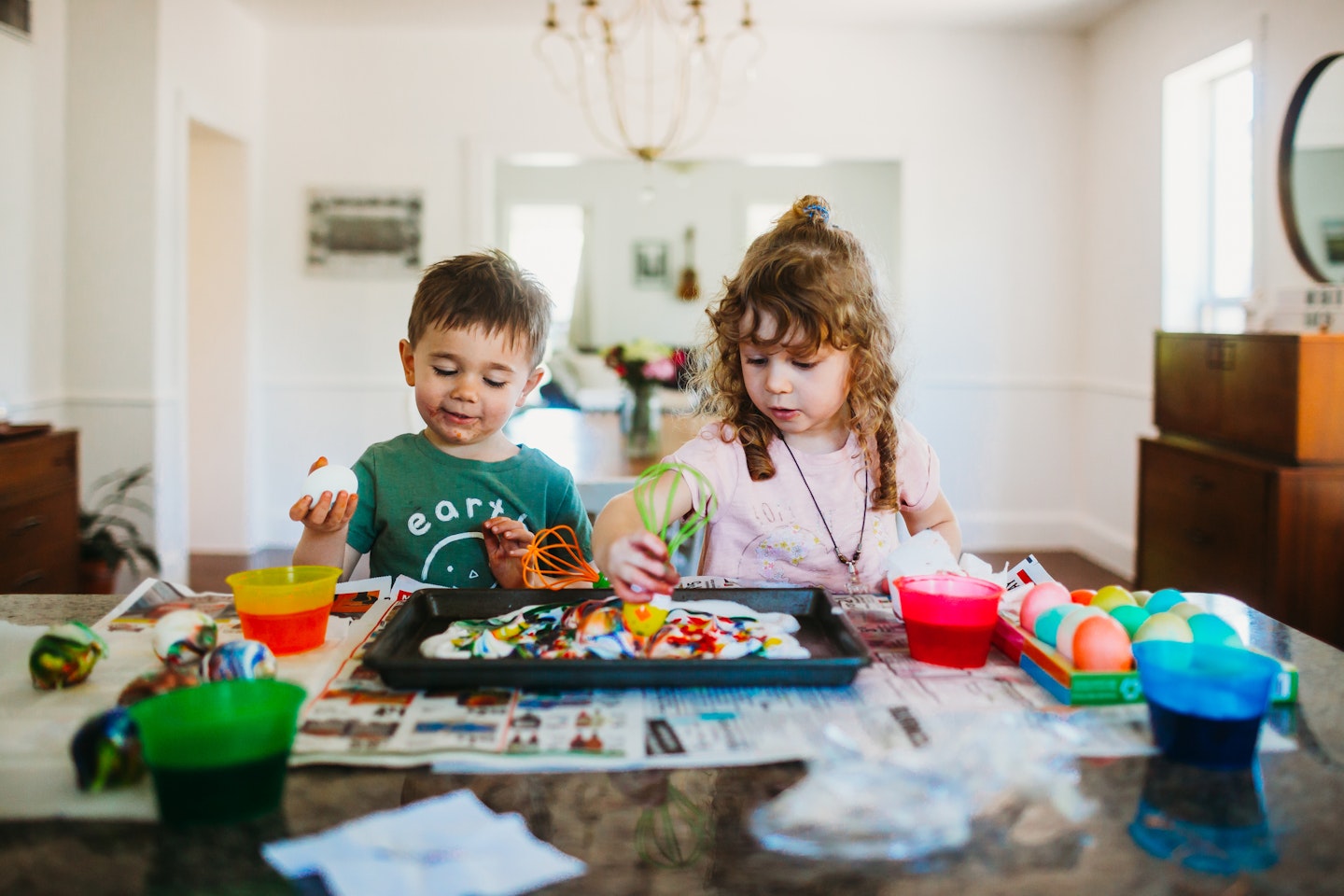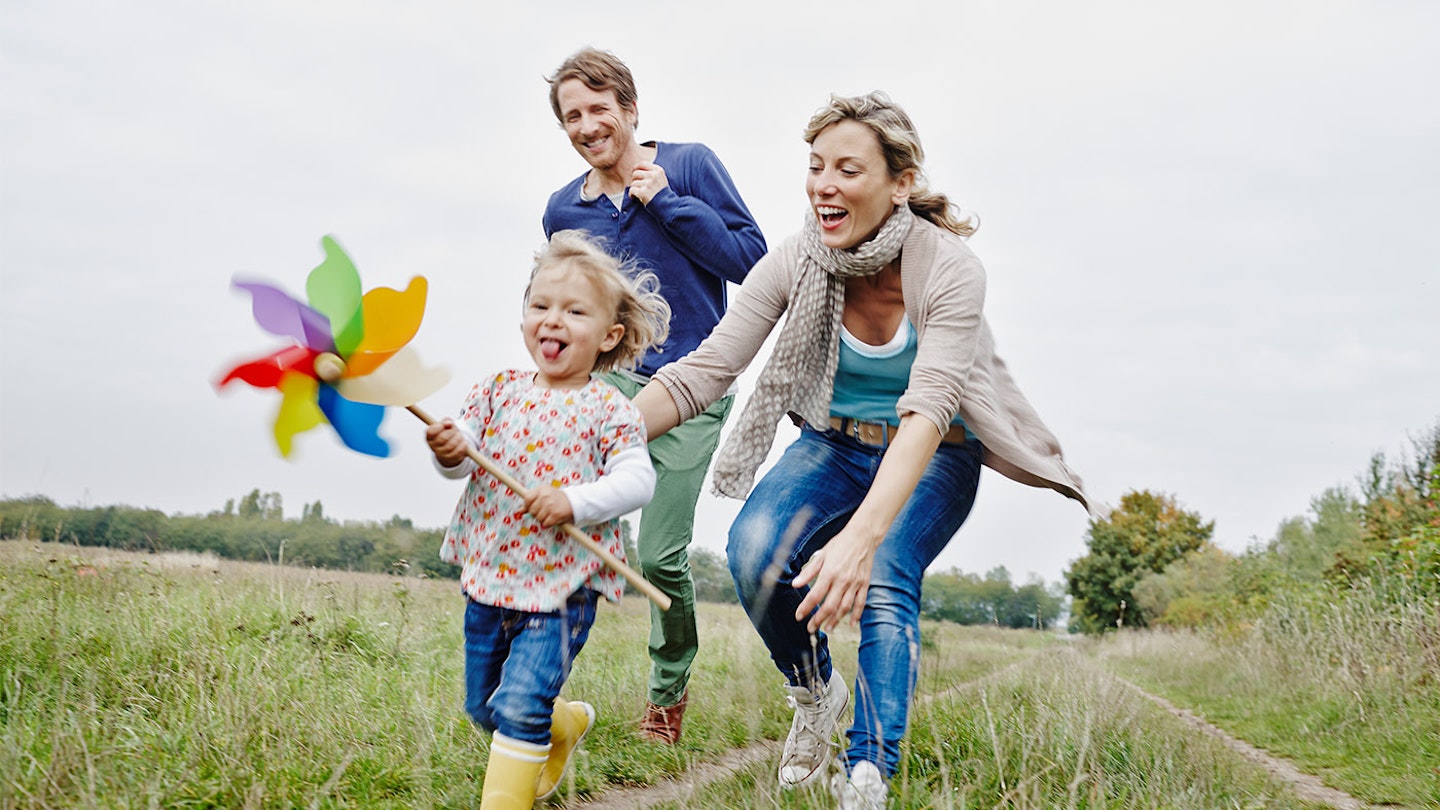Wellbeing activities for kids are important for developing positive social, emotional and communication skills. By taking care of your child's wellbeing lays the foundation for better mental health for them later in life.
“As a child grows from a baby to a child; physical growth is easy to see. However, growing emotionally is also a vital part of a child’s development,” says Cecilia Corbetta from children’s mental health charity, Place2Be. “Currently, 1 in 6 children and young people in the UK have a diagnosable mental health problem.
“As parents or carers, it is important to take care of a child’s physical and mental wellbeing. If your child is at school or nursery, parents and carers may be looking for activities to try at home with their children afterwards and at the weekend.
“Some of these ideas will help start conversations with children, keep them entertained and inspired, and encourage families to enjoy quality time together. All of which are important for their wellbeing.”
Below Cecilia shares her top five wellbeing activities for kids and toddlers.
Wellbeing activities for kids and toddlers
Connect with nature
Whether it’s playing in the sandpit, paddling pool or simply taking a little walk around the garden, connecting with nature has proven to be beneficial for our mental wellbeing.
“We suggest taking your child for a walk, or to play in the green spaces nearby,” says Celia. “This could be an inner-city park, a forest, or along a local river or canal. While doing this, encourage your child to take notice of everything around them – they could look up at the trees, or count the number of birds, bees or dogs that they see.”
Read our other outdoor activity suggestions for toddlers.
Get growing

“Growing plants can be a rewarding process for children, as well as for adults,” suggests Cecilia. “Some research suggests that gardening can improve our wellbeing, reduce stress and promote family connection. Watching and helping something to grow can give children a sense of achievement, satisfaction and pride from nurturing a plant.”
You can get your little one involved in the watering, potting up the plant and they’ll love watching it’s different growing phases.
Here’s some easy items you can grow with your little one indoors:
• Cress
• Sunflowers
• Chillies
• Tomatoes
Staying active
Keeping physically active is a key part of looking after our mental wellbeing, so if you can, try to schedule in some time for your child to keep moving.
“Fresh air can do wonders for our mental health, so if it’s safe to do so, take your child to a local park with your family, or kick a ball around in the garden,” says Cecilia.
If you’re not able to get outdoors though Cecilia reassures not to panic: “You could schedule in some indoor exercise time. For example, challenging your child to make up their own exercise routine. Make it fun with your own choice of music, or maybe even just have a dance around the front room!”
If you have a baby you can also keep them active with a baby play gym.
Get crafting

Making things and getting craft is another brilliant wellbeing activity for kids, as well as boosting toddlers’ motor and coordination skills.
“Anything lying around the house could become a project: old boxes; toilet paper rolls; or even scrap paper can be transformed with a little imagination,” says Cecilia. “Encourage your child to grab some paints, felt tips or pencils and find a space at home where they can make a little bit of mess.”
Read more: The bestcraft kits for toddlers and our easy craft ideas.
Keeping a diary
This doesn’t need to be full on, after all your little one is only, well…little!
“If your child is struggling with some difficult feelings, it can sometimes be beneficial to express how they feel in a diary. Encourage them to make a note of things that they find helpful, or things that seem to make them feel worse,” says Cecilia.
For smaller children a good way to do this is by getting them to draw how they feel; this could be as simple as a sad or happy face.
Writing things down can make them easier to process. Try helping your child to break down any problems in a way that’s manageable for them and approach them one step at a time.
For more practical advice that’s tried-and-tested by parents, visit Place2Be.
Popular articles to read next
Promoting healthy mental and emotional wellbeing in children
